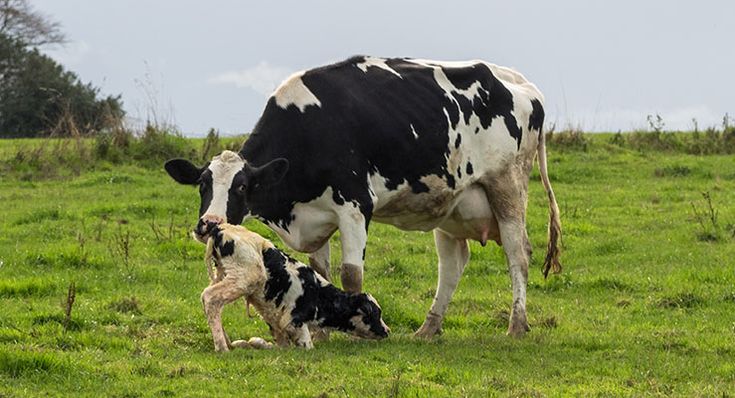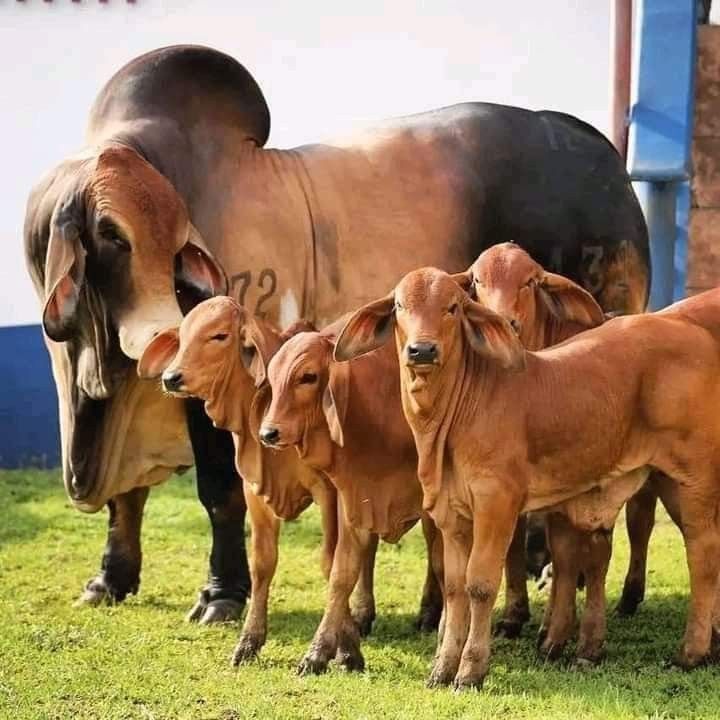Beef cattle undergo distinct growth stages, each requiring specific management practices to ensure healthy development and optimal weight gain. Proper understanding and handling of these stages are vital for maximizing production efficiency and meat quality. Below is a detailed exploration of the growth stages and their significance.
1. Birth to Weaning (Calf Stage)
This stage spans from birth to about 6-8 months of age. During this time, calves rely on their mother’s milk for nutrients but gradually transition to solid feed. Key considerations include ensuring adequate colostrum intake within the first 24 hours, as it boosts immunity. Calves should be introduced to high-quality forage and creep feed to support their growth and prepare for weaning. Proper health management, including vaccinations and parasite control, is essential to minimize mortality rates during this vulnerable phase.

On a similar note, at Kimd Group of Companies, we support beginner farmers by offering tailored business proposal writing services and design plans for various animal capacities. Therefore whether you’re just starting out or looking to expand, we provide the resources and expertise to help you succeed in the farming industry.
2. Weaning to Yearling (Growing Phase)
After weaning, calves enter the growing phase, typically lasting until they are 12-15 months old. During this period, the focus shifts to building muscle and skeletal strength. Diets rich in energy and protein, such as high-quality forage and grain supplements, are vital. Farmers should monitor weight gain closely, aiming for an average daily gain of 1-2 pounds. Regular health checks and stress minimization during weaning prevent growth setbacks.

3. Yearling to Finishing (Finishing Phase)
This stage involves preparing cattle for market, usually between 15 and 24 months. The goal is to maximize weight gain and enhance carcass quality by increasing fat deposition, particularly intramuscular fat, which contributes to marbling. Finishing diets are high in grains or concentrates to promote rapid weight gain, typically 2-3 pounds per day. Farmers must balance rapid growth with maintaining digestive health, using gradual diet adjustments to prevent issues like acidosis.

4. Maturity (Breeding Stock or Cull Cattle)
For cattle retained for breeding, this stage involves maintaining good health and reproductive performance. Mature bulls and cows require balanced diets and routine health management to ensure productivity. For cattle no longer viable for breeding, proper feeding and management continue until they are marketed for beef.

Conclusion
Understanding the growth stages of beef cattle allows farmers to tailor their management practices, ensuring healthy development and efficient production. By focusing on appropriate nutrition, health management, and environmental factors at each stage, farmers can optimize cattle growth and achieve high-quality beef. A strategic approach to managing these stages is key to a successful and sustainable beef farming operation.
